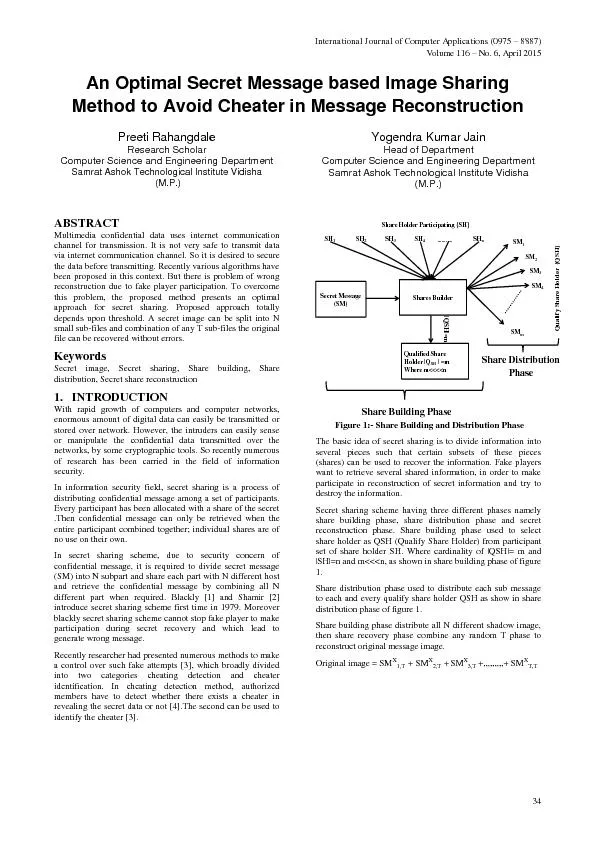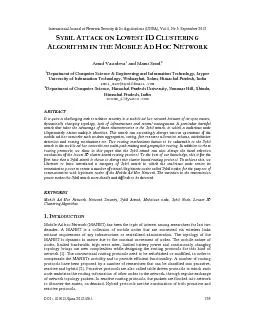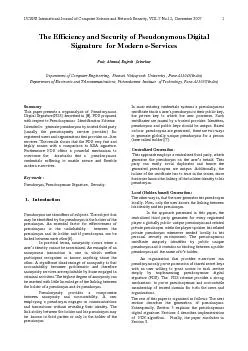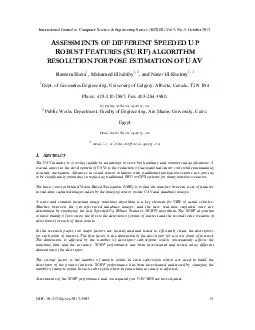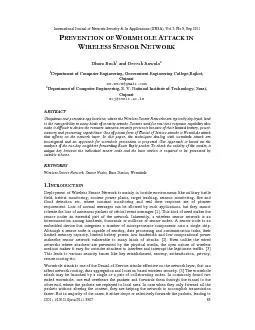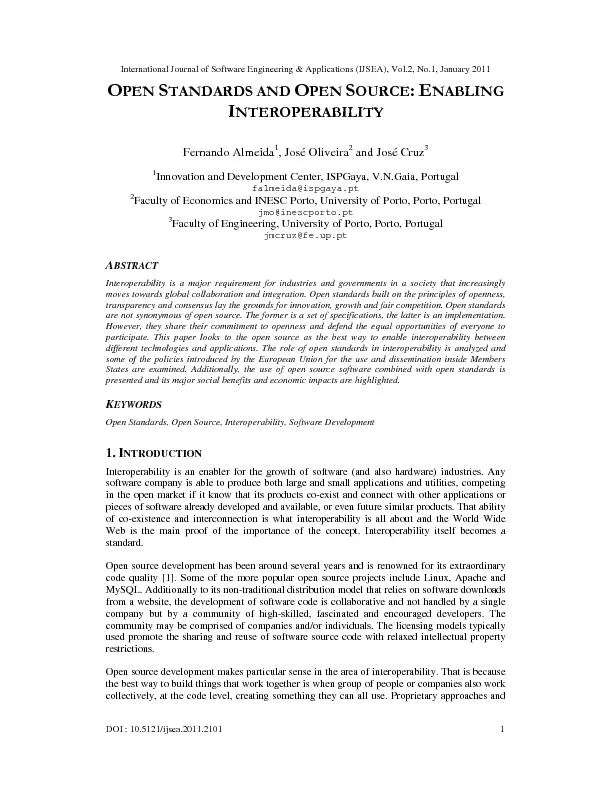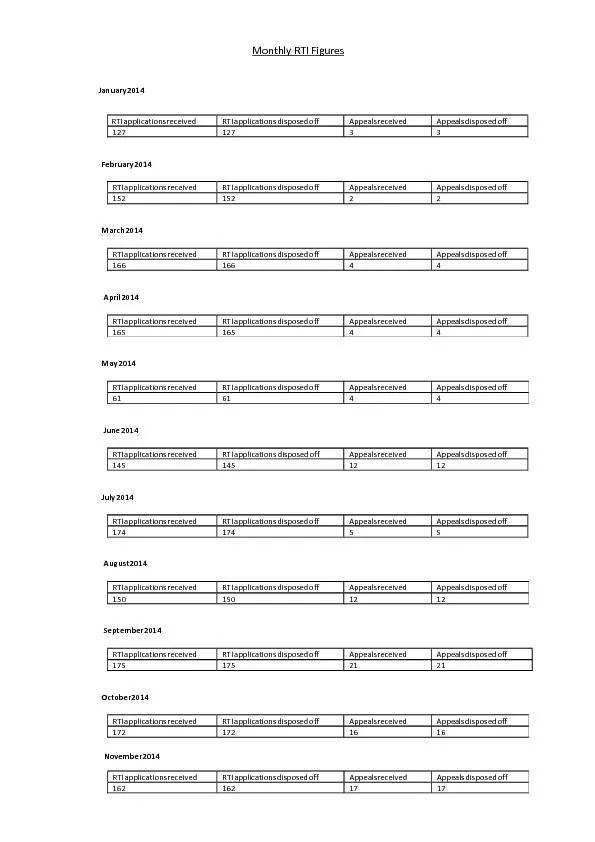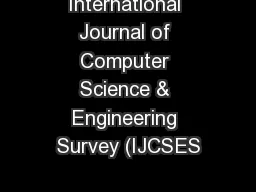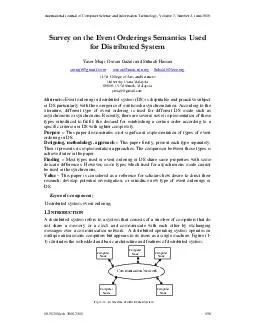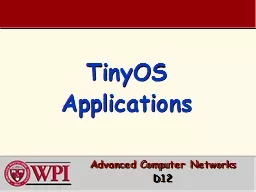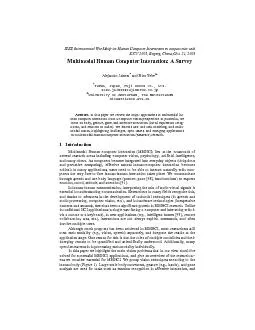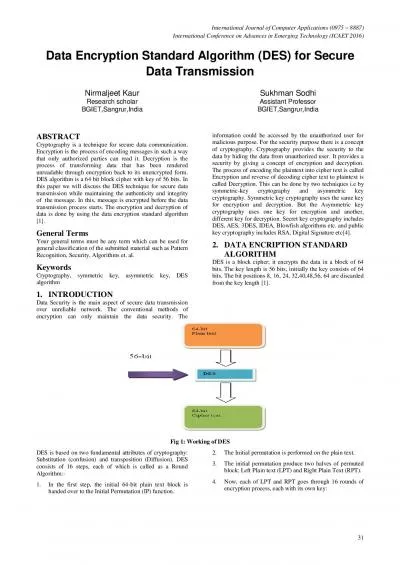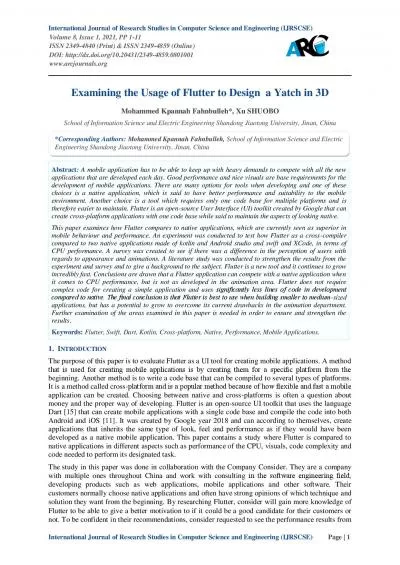PDF-International Journal of Computer Applications
Author : pasty-toler | Published Date : 2016-05-15
0975 x2013 8887 Volume 116 x2013 No 6 April 2015 34 An Optimal Secret Message based Image Sharing Method to Avoid Cheater in Message Reconstruction Preeti Rahangdale Research
Presentation Embed Code
Download Presentation
Download Presentation The PPT/PDF document "International Journal of Computer Applic..." is the property of its rightful owner. Permission is granted to download and print the materials on this website for personal, non-commercial use only, and to display it on your personal computer provided you do not modify the materials and that you retain all copyright notices contained in the materials. By downloading content from our website, you accept the terms of this agreement.
International Journal of Computer Applications: Transcript
Download Rules Of Document
"International Journal of Computer Applications"The content belongs to its owner. You may download and print it for personal use, without modification, and keep all copyright notices. By downloading, you agree to these terms.
Related Documents

